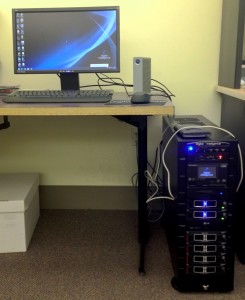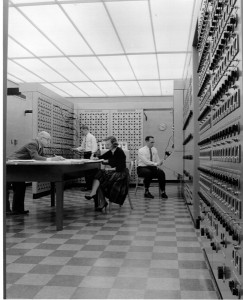In the last few years, it has become the norm for archival repositories to accept hybrid collections – that is, collections that have both paper and digital records. The digital records may come in on legacy media such as floppy disks or zip disks, in the form of a network transfer from administrative offices that have to transfer records to the archives on a regular basis, or as an entire computer, where the computer and its contents can sometimes be of equal value (see what Emory University did with Salman Rushdie’s computers).
Here at Tufts DCA, I am in the process of updating and creating policies and procedures around stabilizing legacy media, preserving the digital records, and providing access to them through finding aid description. A few months into being the new Digital Archivist, I have already set up our FRED (Forensic Recovery of Evidence Device) and established workflows for using FTK Imager and Library of Congress’ Bagger tool, all of which allow archivists to recover data from physical media without changing anything about the files (like the last modified date), and package it for long-term storage.
In the near future, DCA will be exploring ways to provide access to born-digital archives to as wide an audience as possible. In the meantime, researchers interested in Tufts history can explore the many resources available in the Tufts Digital Library, including over 25,000 photographs, or contact us directly at archives@tufts.edu.









